|
Does your child tend to avoid activities that are challenging for them or fall down more often that their peers? Do they avoid moving slowly or staying still for more than a few seconds at a time? If so, these may be signs that they lack the appropriate strength and the ability to utilize effective balance strategies to stabilize themselves throughout the day. There are three primary balance strategies that we use when navigating our environments. The first strategy begins at the ankles. When an individual faces a small balance perturbation the first muscles to kick in to save them from falling are all the muscles that surround the ankles. If the perturbation is too large for the ankle muscles to return the individual to equilibrium, then the body will automatically utilize the hip muscles to regain balance. Finally, if the hips are unable to respond adequately enough to achieve balance, the final strategy that our body’s will use to prevent a fall is a stepping reaction. Each of these individual reactions should happen quickly and without consciously planning them out. However, for some kiddos these reactions may be delayed or the muscles around the hips and ankles may be too weak to effectively prevent a loss of balance. Here are some of our favorite interventions to help kiddos strengthen the muscles they need to maintain balance and improve the speed and effectiveness of these balance reactions! 1. Half Kneel Position: Progressions: add a pillow under back knee and/or front foot, throw/catch a ball or bounce a balloon back and forth Modifications: hold onto a wall or support surface for stability Can you spot the difference in the images above? In the left picture, the knee is aligned directly above the ankle whereas in the right picture (without arm support) the knee collapses to the inside of the ankle. This is a classic sign of a weak outer hip. When performing this activity, look out for good alignment and be sure your child's strength can support their alignment before progressing to a harder version! 2. Balance Beam Walking: draw a line on the floor with sidewalk chalk or make a balance beam out of pillows or half of a pool noodle at home! Progressions: play red light green light while walking across beam (at red lights stop and pause while balancing for 10 seconds before continuing to walk), add in a cognitive challenge (practice spelling words or playing fun, word games while walking across) Get creative outside! There are lots of balance beams out there... Make a game of finding as many as possible on a walk around the block! 3. Single Leg Standing:
Progressions: stand on a pillow or throw and catch a ball while balancing Modifications: rest lifted foot on a soccer ball, and elevated step, or a foam roller; use something to hold onto (try to let go for 1-2 seconds at a time to start off)
0 Comments
Leave a Reply. |
AuthorsKarleigh Page, PT, DPT Archives
October 2020
Categories |
Copyright © 2015
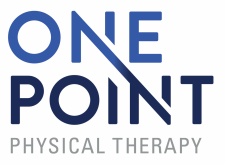
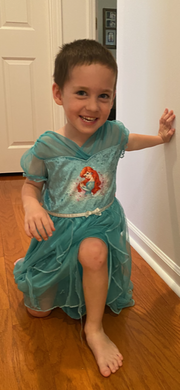
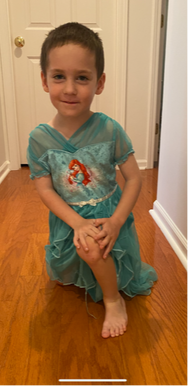
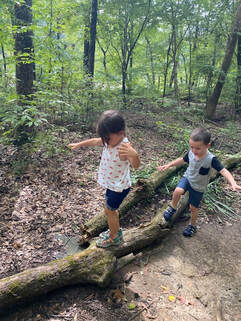
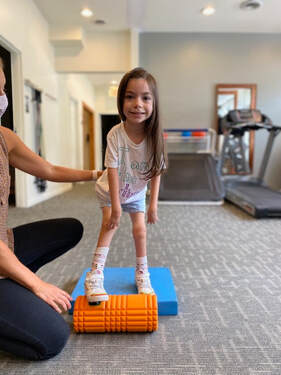
 RSS Feed
RSS Feed